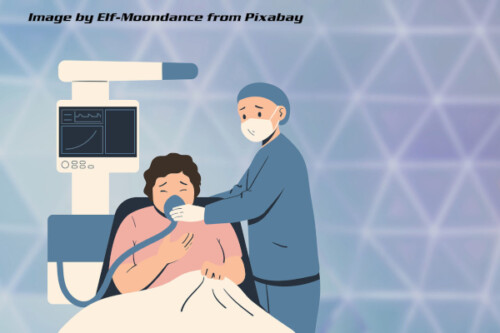June is Myasthenia Gravis Awareness Month
By Editorial Team
Myasthenia Gravis (MG) Awareness Month is an annual observance held in June with the aim of increasing awareness and understanding of myasthenia gravis, a chronic autoimmune neuromuscular disorder. The month-long campaign is dedicated to educating the public, supporting individuals living with MG, and promoting research efforts for improved diagnosis and treatment. Let’s explore the different aspects of Myasthenia Gravis Awareness Month in detail:
- Background and Purpose: Myasthenia gravis is a relatively rare autoimmune disorder that affects the communication between nerves and muscles. It leads to muscle weakness and fatigue, impacting various parts of the body, including the eyes, face, limbs, and respiratory system. The purpose of Myasthenia Gravis Awareness Month is to shed light on this complex condition, enhance public knowledge, and provide support to those affected.
- Objectives: The primary objectives of Myasthenia Gravis Awareness Month include:
- Increasing awareness about myasthenia gravis among the general public, healthcare professionals, and policymakers.
- Promoting early detection and accurate diagnosis of myasthenia gravis.
- Educating individuals about the symptoms, causes, and available treatment options for MG.
- Supporting individuals living with myasthenia gravis and their families by providing resources, information, and a sense of community.
- Encouraging research and advancements in understanding and treating myasthenia gravis.
- Activities and Initiatives: Throughout Myasthenia Gravis Awareness Month, various activities and initiatives take place to engage the community and raise awareness about the condition. These may include:
- Public awareness campaigns through social media, websites, and traditional media outlets.
- Sharing personal stories and testimonials from individuals living with myasthenia gravis to increase understanding and empathy.
- Educational webinars, seminars, and conferences for healthcare professionals and the general public.
- Fundraising events to support research and advocacy efforts.
- Collaboration with healthcare organizations, patient advocacy groups, and community centers to organize support groups, educational sessions, and information dissemination.
- Symptoms and Impact: Myasthenia gravis can present with a wide range of symptoms, which may vary among individuals. Some common signs and impacts include:
- Muscle weakness: A key symptom, often characterized by drooping eyelids, difficulty in facial expressions, weakness in limb muscles, and respiratory weakness.
- Fatigue: Muscles tire easily with activity and may recover with rest.
- Double vision or blurry vision: Eye muscle weakness can cause visual disturbances.
- Difficulty swallowing and speaking: Weakness in the throat and mouth muscles can impact these functions.
- Respiratory complications: Severe cases of MG can lead to respiratory weakness and require medical intervention.
- Diagnosis and Treatment: Diagnosing myasthenia gravis involves a combination of medical history, physical examinations, blood tests, and specialized tests such as electromyography (EMG) and repetitive nerve stimulation (RNS). Timely and accurate diagnosis is essential to initiate appropriate treatment.
Treatment options for myasthenia gravis include medications that help improve nerve-to-muscle communication, such as acetylcholinesterase inhibitors and immunosuppressants. In some cases, surgical interventions like thymectomy (removal of the thymus gland) may be recommended. Supportive therapies such as physical therapy, speech therapy, and assistive devices can also help manage symptoms and improve quality of life.
- Support and Resources: Myasthenia Gravis Awareness Month provides an opportunity to connect individuals with myasthenia gravis and their families to support networks and resources. Patient advocacy organizations often offer helplines, support groups, online forums, and educational materials to provide information and emotional support.
- Research and Future Outlook: Advancements in research are crucial for improving the understanding, diagnosis, and treatment of myasthenia gravis. Myasthenia Gravis Awareness Month helps to draw attention to the need for continued research efforts, clinical trials, and funding to enhance treatment options, discover potential therapies, and work towards finding a cure for MG.
By raising awareness and understanding of myasthenia gravis, this observance strives to improve the lives of individuals affected by the condition, promote early detection, and drive research and development in the field of neuromuscular disorders.

